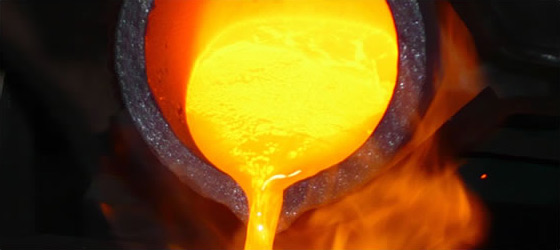
Gold prices were steady on Monday, with the dollar subdued after comments from Federal Reserve officials showing caution over the global economy, prompting traders to reassess the pace of future U.S. interest rate hikes. The possibility that the Fed might hold a neutral outlook beyond 2018 and a slowdown in the global economy amid the ongoing U.S.-China trade spat is expected to keep investors a little more interested in gold’s safe-haven appeal.
Fed policymakers on Friday signaled further interest rate increases ahead, even as they raised relatively muted concerns over a potential global slowdown, leading markets to suspect the tightening cycle may not have much further to run. Fourth rate hike for this year is expected next month and policymakers had earlier indicated two more by June 2019.
Oversupply Concerns Cap Crude Oil Gains
As of writing this article, Spot gold XAU/USD is currently trading at $1219.90 an ounce down by 0.14% on the day, while US gold futures GCcv1 are trading at $1219.30 an ounce down by 0.30% on the day. The December rate hike has already been priced in by most investors and what analysts and investors now look out for are signs that show global economic slowdown is affecting US economy or news that could affect US dollar in broad market as it would provide gold bulls an opportunity to make considerable gains. Prospects of higher U.S. interest rates are negative for dollar-priced gold as they raise the opportunity cost of holding the bullion which is a non-interest yielding instrument. Spot Silver XAGUSD is currently trading flat at $14.39 an ounce down by 0.10% on the day.

Oil prices rose on Monday as traders expected top exporter Saudi Arabia to push producer club OPEC to cut supply towards the end of the year. Despite that, market sentiment remains weak on signs of a demand slowdown amid deep trade disputes between the world’s two biggest economies, the United States and China. The market’s bullish radar is still waiting for OPEC+ to deliver a sizeable cut number as the Organization of the Petroleum Exporting Countries (OPEC), de-facto led by Saudi Arabia, is pushing for the producer cartel and its allies to cut 1 million to 1.4 million barrels per day (bpd) of supply to adjust for a slowdown in demand growth and prevent oversupply.
Despite Monday’s gains, crude prices remain almost a quarter below their recent peaks in early October, weighed down by surging supply and a slowdown in demand growth. Spot US Crude WTIUSD is currently trading at $57.06 per barrel up by 0.48% on the day.





